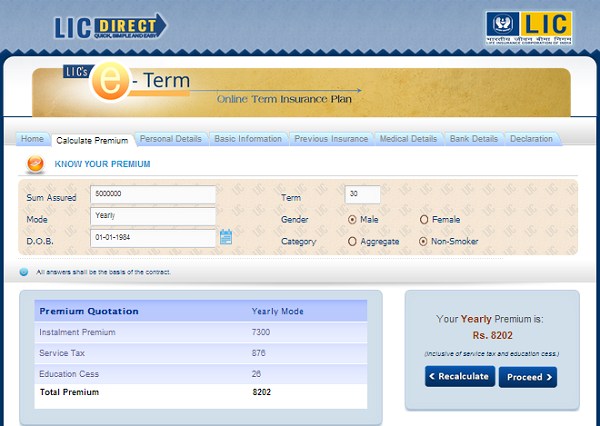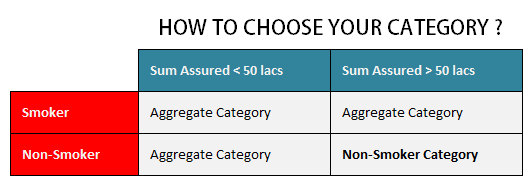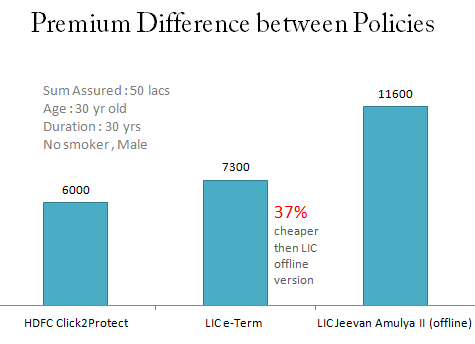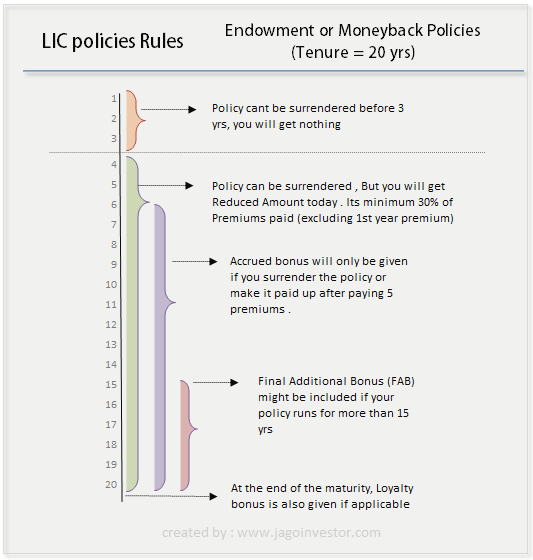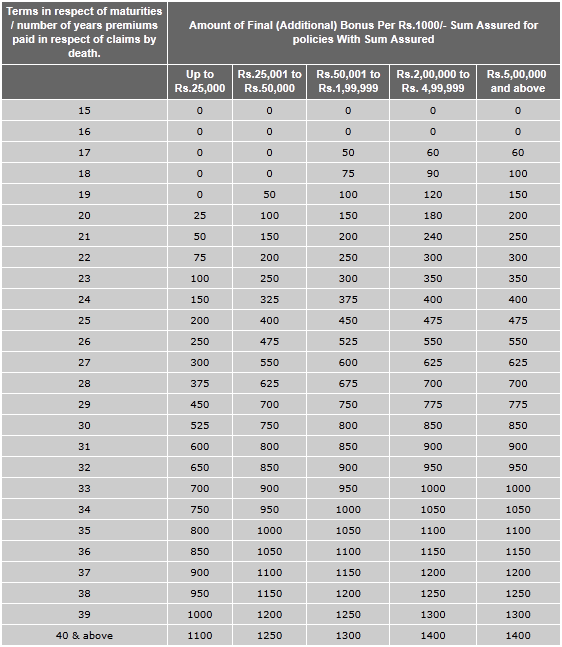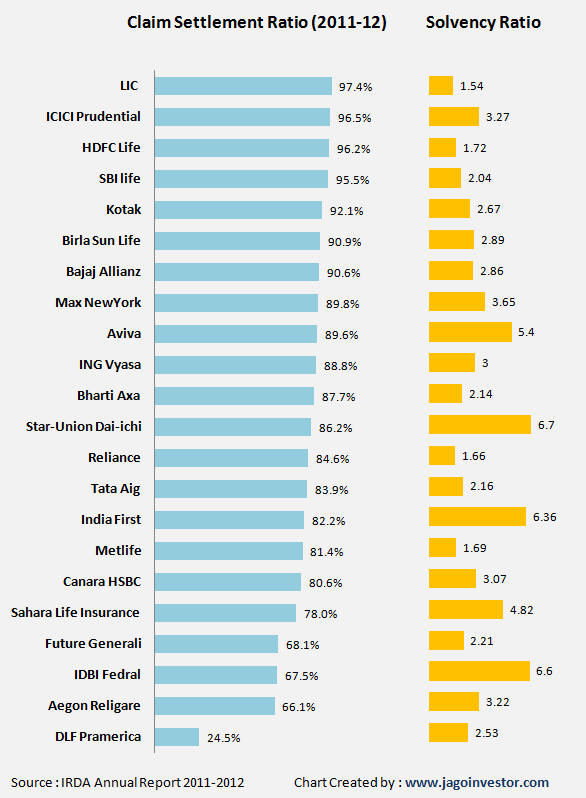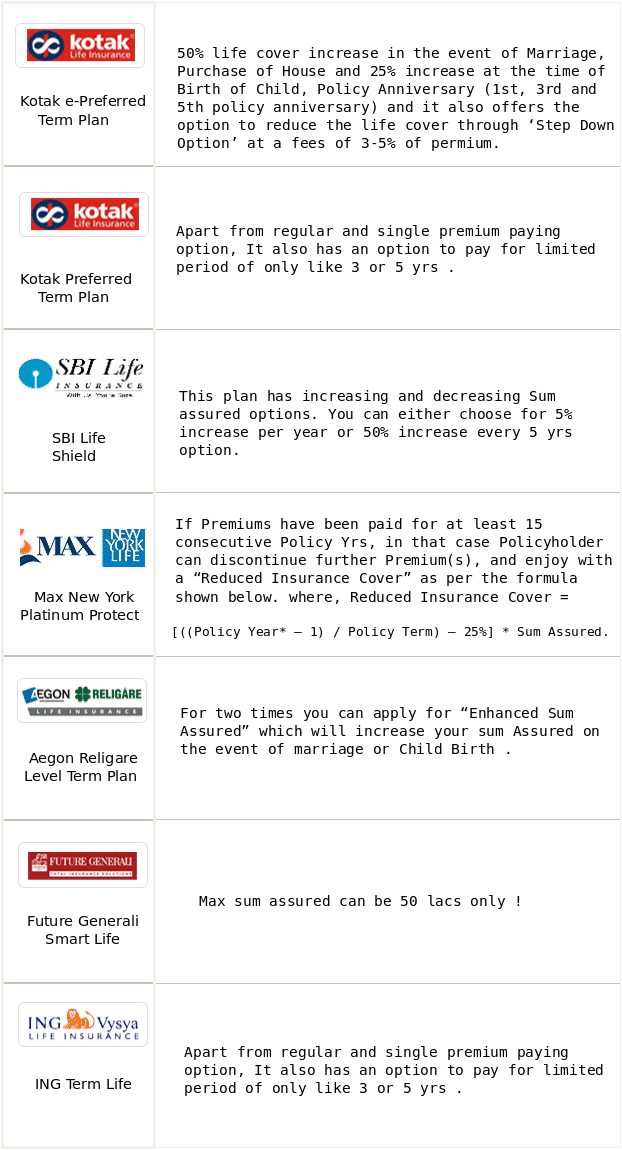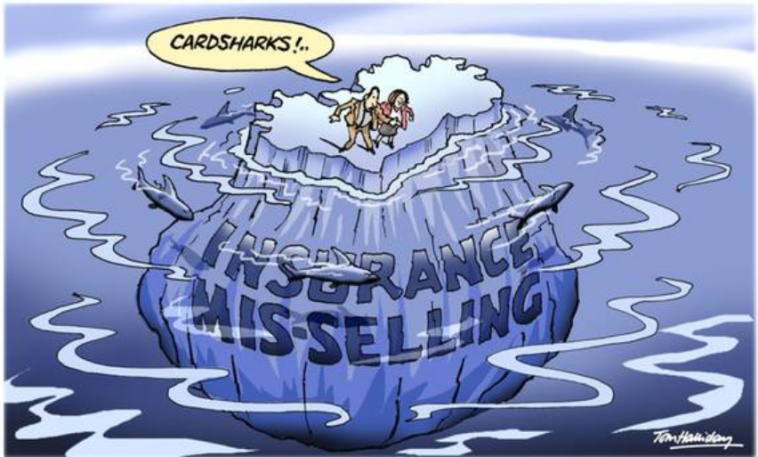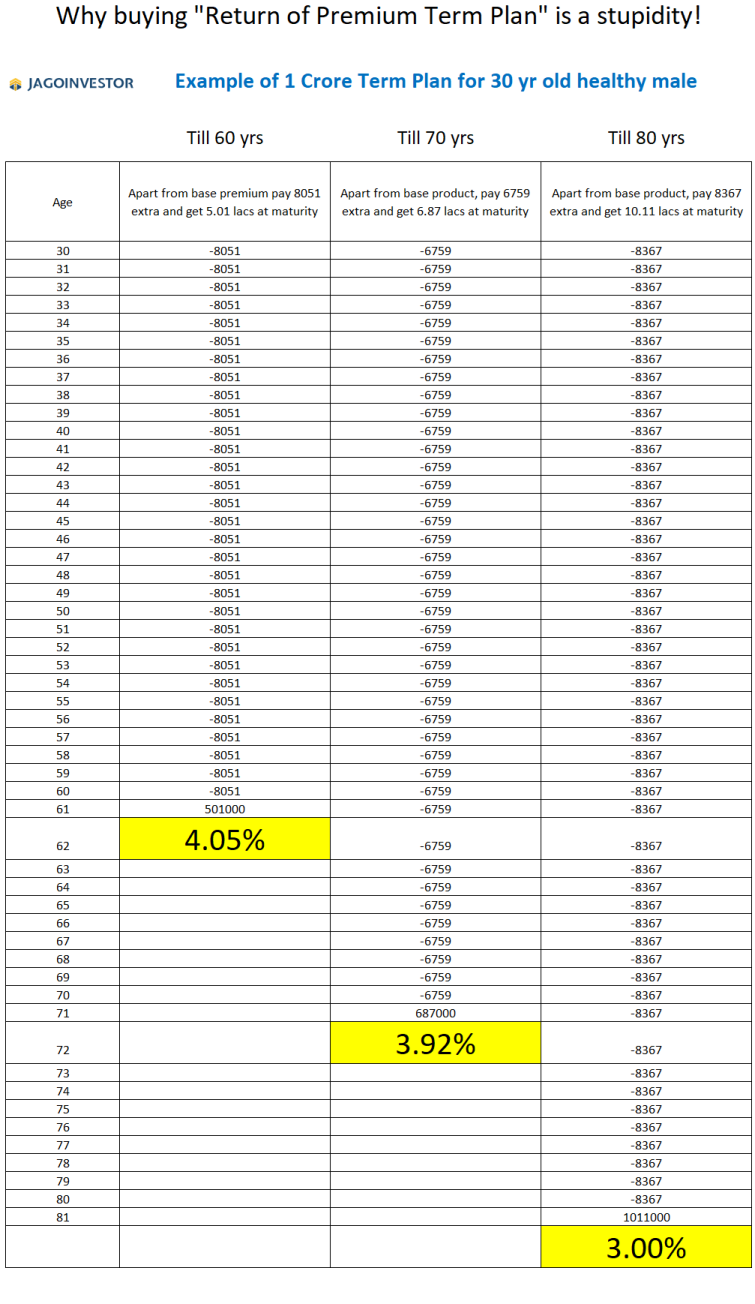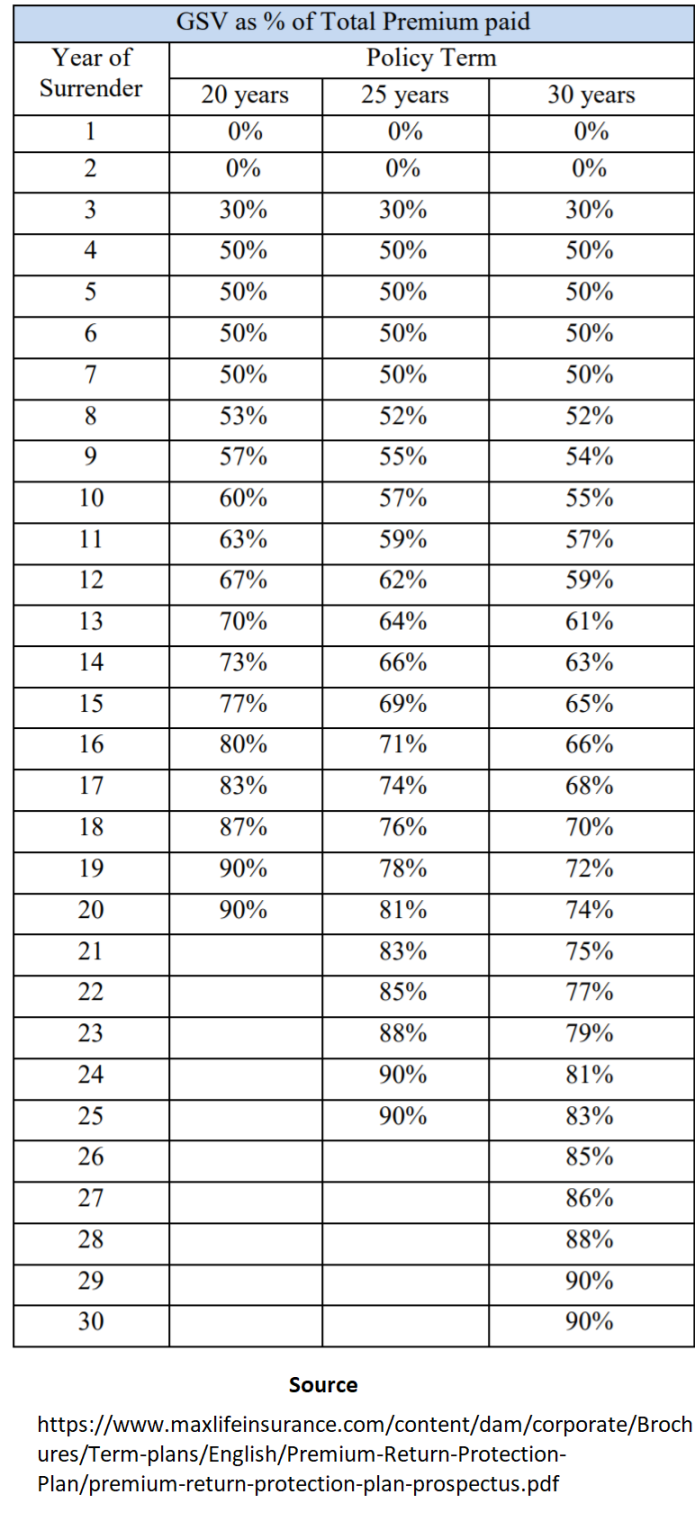As an investor, I am sure you have done something with your money. You have put your money in some or the other financial product – assuming it is going to help you in creating wealth or it is going to help you in some way or the other.
The way some movies have flashback, you will have to go back in the past to get full value from today’ article. We just want to make you responsible in the area of money, because taking responsibility is the first step towards bringing any kind of change or transformation.

Lets go back in the past (Flashback)
Lets say five years back some agent or adviser or relationship manager approached you with the new financial product in market, the product features and benefits were explained, you trusted your adviser’s advice and bought the financial product.
Now, before you purchased the product – Did you read the product brochure (completely) at the time of buying or even after that ?
Most investors do not invest their time in reading product brochure or policy documents and this is a major mistake most investors are not even present to.
4 reasons, why Investors do not read Policy Documents
Reason #1 – They find it boring to read Policy Documents
A lot of investors think, that reading personal finance document is extremely boring thing (its just their assumption). Some investors start yawning the moment any policy document is placed in front of them. If you ask them for a movie, they are filled with enthusiasm – but if you ask them to read policy document or mutual fund scheme document they start avoiding the same.
In this process, you may miss out on some important information which you are suppose to know about some particular financial product and it will save you from disappointment later in future.
We come across so many investors who don’t know whether the money they have been investing from last 5 years is an endowment plan or a money back, the mutual fund they have been investing is an equity fund or debt fund. You carry boredom in your thoughts and it has nothing to do with any personal finance document.
Come on – Its a one time job, which takes not more than 1 hour, that’s all !
Reason #2 – “It’s not my cup of tea” Syndrome
A lot of investors think – “Personal finance is not my cup of tea” and they feel they have licence to NOT read policy documents. You may be into medical profession, Software or any other profession.
You can’t escape from managing your financial life and reading your policy document is one core activity you need to complete.
Reason #3 – They over-trust their Adviser and prefer playing Blind Game
Some people trust their adviser much more than they trust their spouse or parents. They trust their adviser blindly. Their adviser will make cross marks on documents and then give investor the bulk offer to give their signatures, as if they are giving autograph to the crowd. And then this kind of fraud happens with investors.
These investors are playing blind game, they are taking risk with their financial future. Even when the policy document or any other financial product is purchased, they do not bother to read where they have invested their money.
All they do is call their agent and take a monthly or quarterly report which gives them a fake feeling that they are serious about their financial life. You are getting reports, but for all wrong financial products which does not serve you as an investor. You can trust your adviser – but do not skip the homework that you are suppose to do from your side.
Reason #4 – They entertain the story called “Lack of time”
When we ask a lot of investors that why they did not read policy documents or product brochures the most standard reason that pops up is “Lack of time”. From morning till night, they slog for money, which they put into a financial product and then they do not have time to read about the financial products itself, where they have invested their money.
Now how strange it that !
These people are found very active on social media platforms. By the way – I am not against use of social media, but the point I am trying to make is that, you should give time to your financial life and break the “lack of time” story.
Conclusion – Never skip reading Policy Document
This insight or tip might look very simple, but it is applicable to majority of investors. As an investor you will make money only in those products – where you have the understanding. Your primary job as an investor is to understand basic mechanism of any financial product in which you are going to put your hard earned money.
My invitation to all investors is read product brochure and make list of questions that arise in your mind and get 100% clarity on them.
So, dust all your laziness and read the product brochure, before buying any financial product and if you have already made any purchase make sure you read the policy document in detail.
So, this weekend do the following
- Place 2 hours on your calendar, in which you will read policy documents (put the reminder in your mobile at this moment itself.
- While you read policy documents if you are not clear, make a note of them and discuss with your advisor or customer care
- Share with us what was your experience in the comments section
NOTE: We want to meet more and more investors during our 6 city tour. The minimum investment to participate in our workshop starts at Rs.3500/-. Come be a part of Design your financial life 2.0 ( You will have the most amazing time as an investor)
